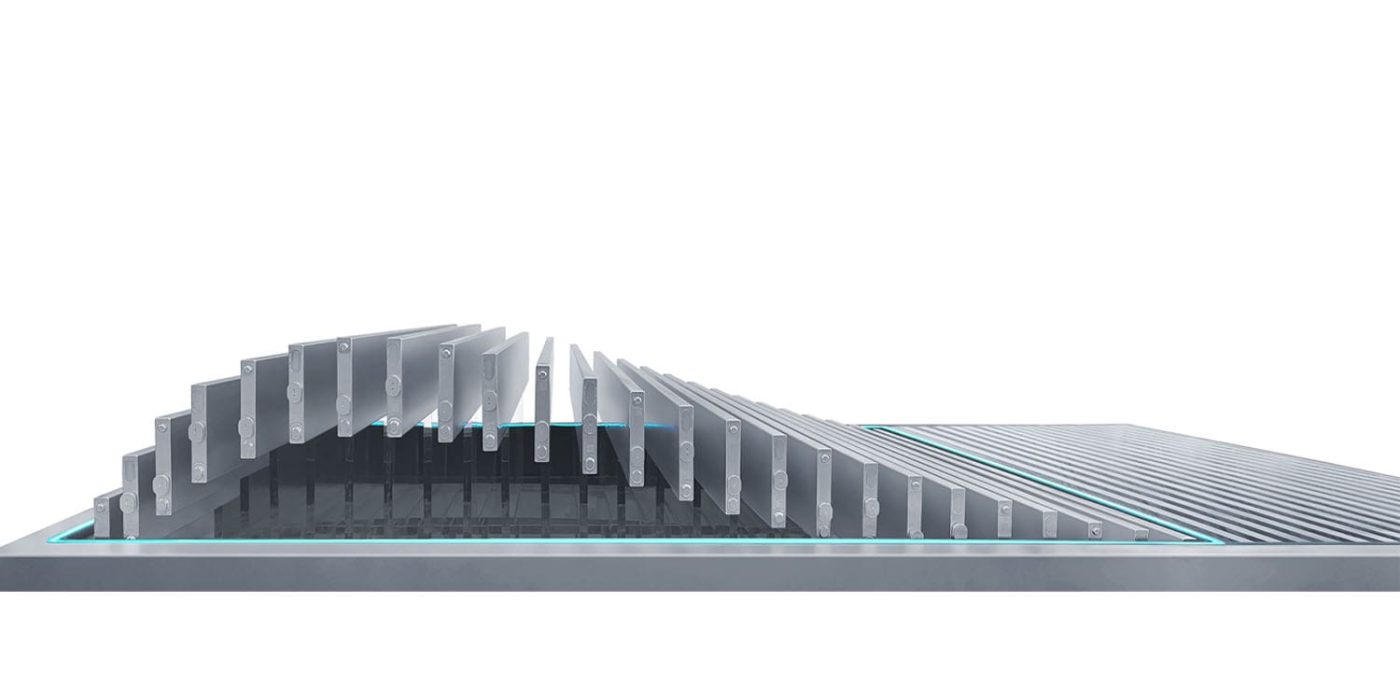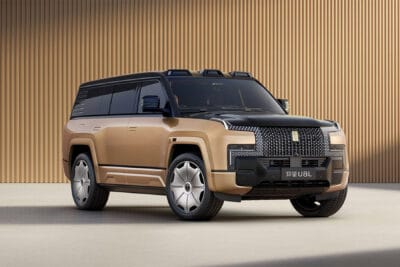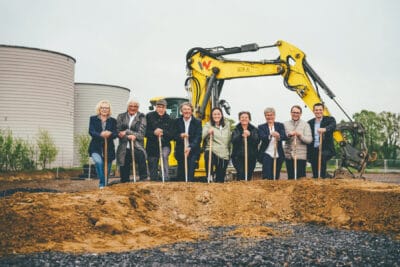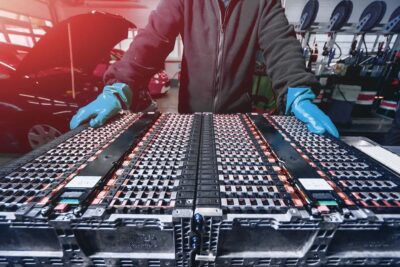BYD prepares market launch of next-generation blade battery
As Chinese media write, citing information from BYD boss Wang Chuanfu, the energy density of the further developed LFP battery is set to increase to 190 Wh/kg – compared to 140 Wh/kg when the first generation was launched in 2020. Due to updates, the current energy density of the blade battery is 150 Wh/kg. At the same time, the second generation should become more compact and enable lower power consumption per 100 kilometres.
A brief introduction: The Blade battery is an in-house development from BYD. The name refers to the unusual format: the pouch cells are very long and therefore resemble a sword blade. The elongated cells, which are produced with LFP chemistry, are installed in the battery packs at right angles to the direction of travel. However, there are different variants; BYD uses both cell-to-pack and cell-to-body versions of its battery packs in its electric cars. What they all have in common is the lithium iron phosphate cell chemistry.
If the initial information on the further developed blade battery is confirmed, BYD could offer cheaper and more spacious electric cars. It is fitting that BYD is also working on new generations of its electric car architectures. According to Chinese media reports from mid-March, the 3.0 platform currently widely used by the company for pure electric cars could be upgraded to version 4.0 this year.
BYD is the market leader in China with its electric cars and plug-in hybrids. According to a report published last month by the news portal 36kr, the company is aiming for even greater ranges in future in order to put more pressure on the market for combustion vehicles. To this end, BYD is working on further improvements to its platforms for PHEVs and BEVs. Among other things, the aim is to improve the integration of components and thereby achieve further cost reductions, according to 36kr, citing an internal meeting of BYD’s core management.
BYD’s e-platform could be updated from 3.0 to 4.0 this year. The 3.0 version with its 800-volt architecture was presented in the spring of 2021. It uses the manufacturer’s current blade batteries with LFP cell chemistry, an “eight-in-one” powertrain and provides the basis for the majority of BYD’s current all-electric cars – such as the Atto 3, Seagull, Dolphin and Seal. BYD introduced the e-Platform 1.0 in 2010.
BYD is already very successful with the current generation of its electric cars and plug-in hybrids – especially in its home market. In 2023 as a whole, BYD broke the 3 million mark it had set itself: 1,574,822 BEVs and 1,438,084 PHEVs meant annual sales of 3,012,906 cars with charging connections for BYD.
carnewschina.com, news.mydrivers.com (in Chinese)





0 Comments